
ABOUT THE LOCATION
Named as the best European destination twice in the last five years, Porto is famed not only for its dramatic landscape overlooking the Douro River but also for its eclectic mix of historic and contemporary architecture. The fantastic Casa da Música is just as impressive and photogenic as the tile panels of São Bento Station.
Should you ever tire from exploring the winding path historic centre, which has been named a Unesco World Heritage Site, there are plenty of green spaces to unwind in such as the Jardim Botânico do Porto and the Jardins do Palácio Cristal.
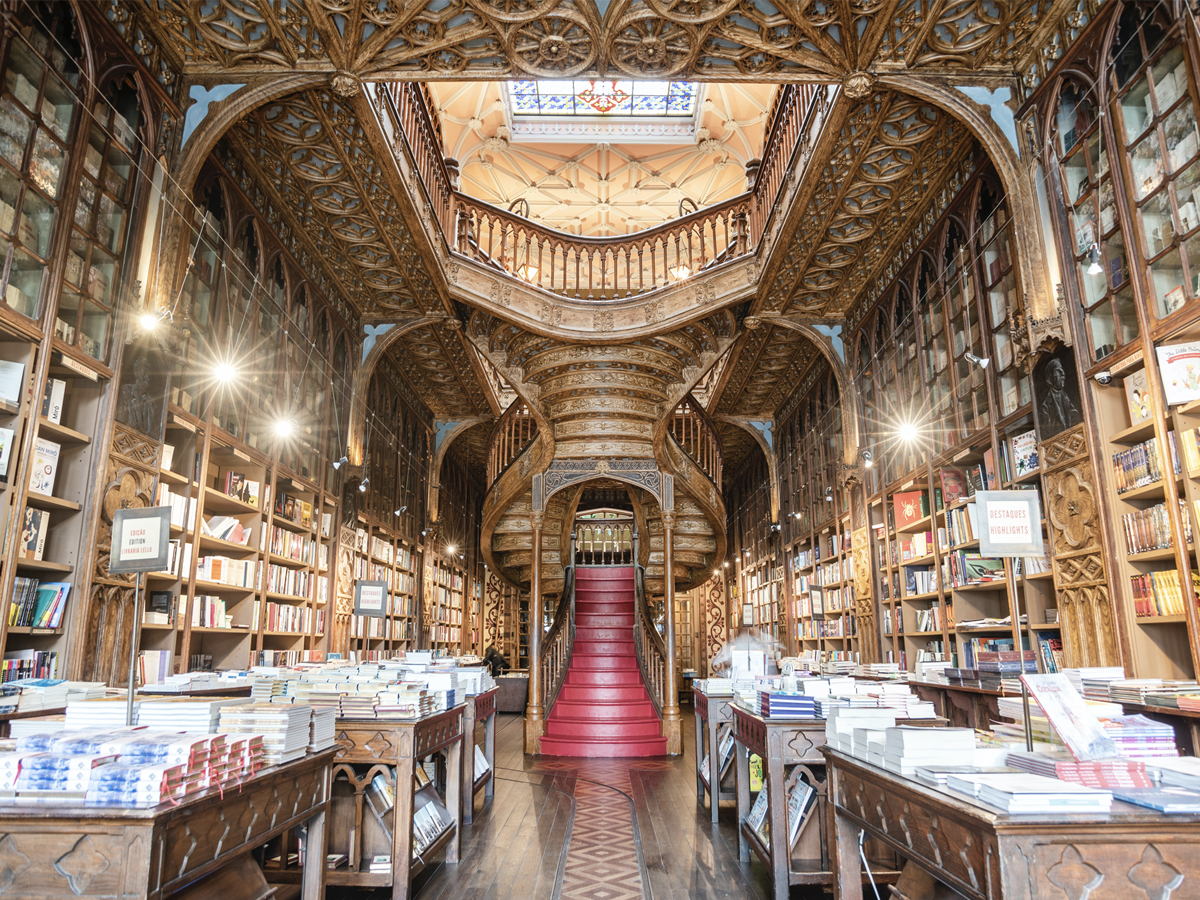
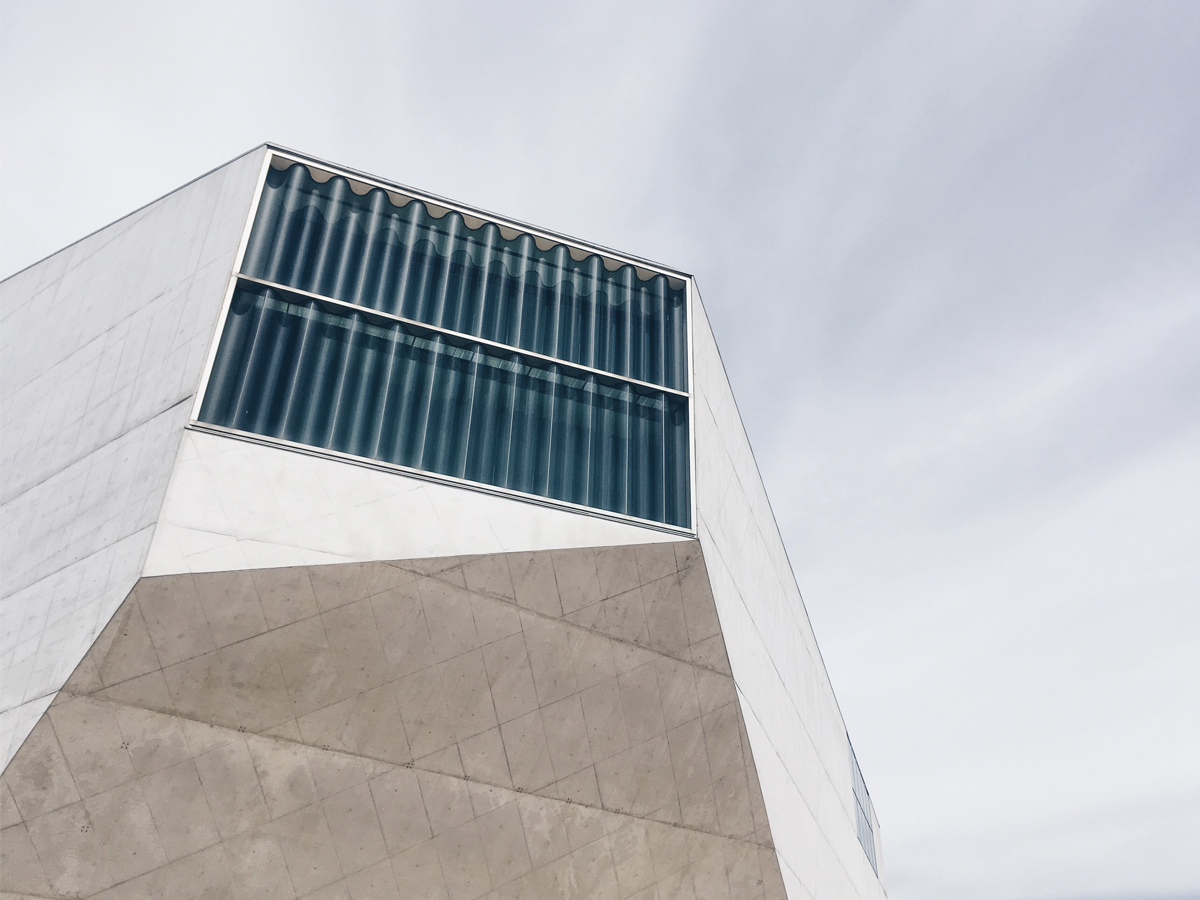
INVESTMENT
Porto has seen significant growth and development in recent years, making it an attractive location for property investment. The city is home to a thriving tourism industry, with millions of visitors coming each year to enjoy its rich culture, historic architecture, and beautiful landscapes.
In addition to tourism, Porto is also a hub for innovation and entrepreneurship, with a growing startup scene and several major international companies setting up operations in the city. This has led to a strong demand for office and commercial space, as well as residential properties for sale in Porto.
Overall, Porto's strong economic growth, cultural appeal, and infrastructure development make it a promising location for property investment, with potential for long-term growth and a solid return on investment.
ADVISERS’ OPINION

Porto is shaking off its nickname as ‘Lisbon’s little sibling’. Offering an exceptional lifestyle with old world charm at every turn and exciting infrastructure projects in motion, Porto is one to watch.
WHY TO BUY
- Amazing quality of life by the ocean
- Rich history & cultural heritage
- Huge transport upgrades are underway
- Strong potential for capital appreciation
- Great for generating rental income
KNOW BEFORE YOU GO
- It's the 2nd largest city in Portugal
- Porto's centre is a World Heritage Site
- Famous for its port wine
- Crowned the World’s Leading City Destination 2022
- Airport with flights to Europe & beyond
HISTORY
The area of Porto has been inhabited for thousands of years, with evidence of human settlement dating back to the Roman Empire. In the 12th and 13th centuries, Porto was an important commercial centre, with ships coming from all over Europe to trade goods such as wine, textiles, and spices.
During the 15th and 16th centuries, Porto continued to grow in importance, particularly with the discovery of new trade routes to Africa, Asia, and the Americas. The city became a hub for the wine industry, with the famous port wine produced in the Douro Valley being transported down the river to Porto's many warehouses and cellars.
In the 19th and early 20th centuries, Porto experienced significant growth and modernization, with the construction of new bridges, roads, and public buildings. However, the city also faced economic challenges, particularly with the decline of the port wine industry and the rise of competition from other European cities.
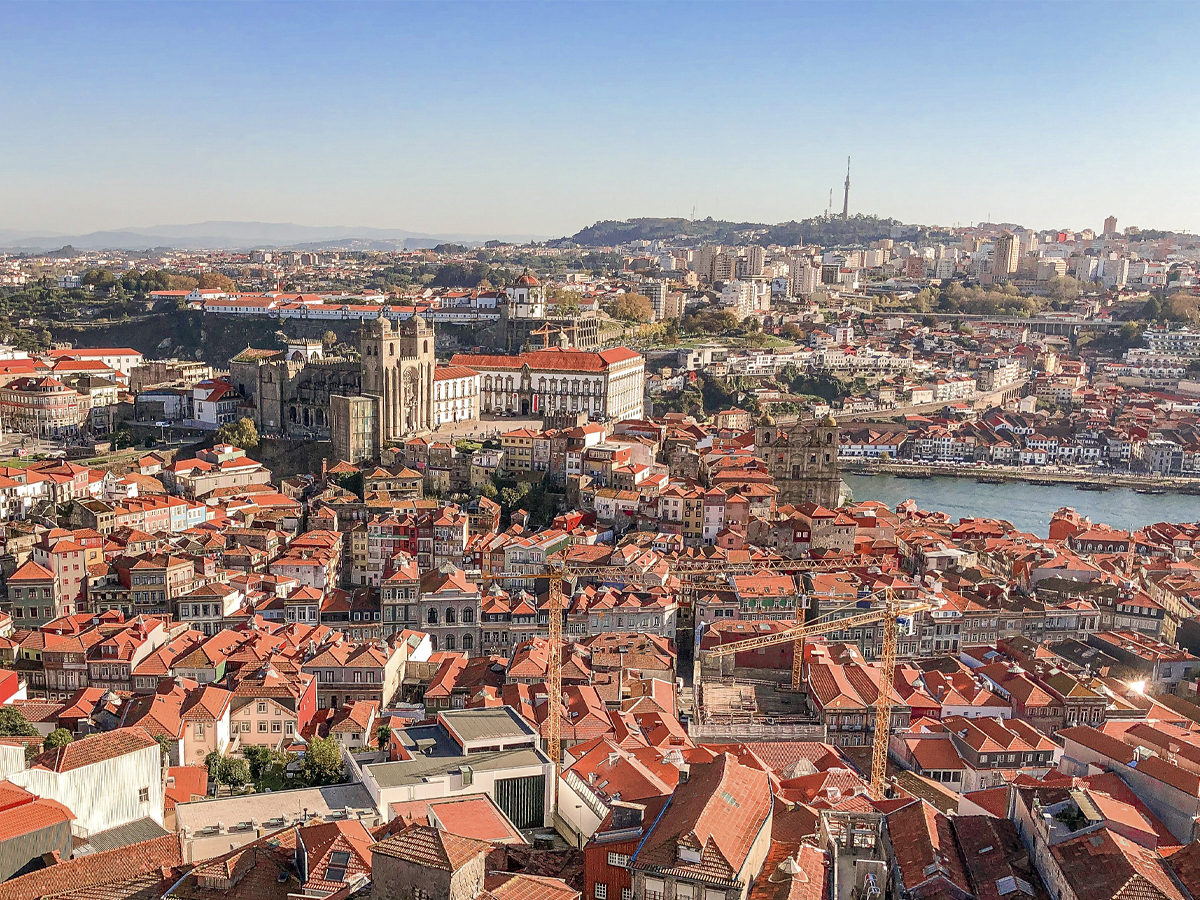

THE CITY TODAY
Ribeira in Baixa offers some of the best views in the city. From here one can see the imposing Luis I Bridge, designed by Gustave Eiffel, and the port wine cellars in Vila Nova de Gaia. Check out the gastronomic thrills of the city with a stroll through the Ribeira alley taverns.
Sample Vitor Matos’s famed food at the Antiqvvm, a star restaurant in the Michelin Guide 2019. Hipster bars and art-nouveau cafes are a constant reminder of all the stories this vibrant city has to tell. Amongst them is the Livraria Lello, the oldest bookshop in the world and famed for its unique neo-gothic interior.
PROPERTIES FOR SALE
ATHENA INSIGHTS

BUYING GUIDES
LEARN MORE
HEALTHCARE & LIFESTYLE
FIND OUT MORE
FOR OWNERS
LEARN MORE
FINANCE & MARKET
LEARN MORE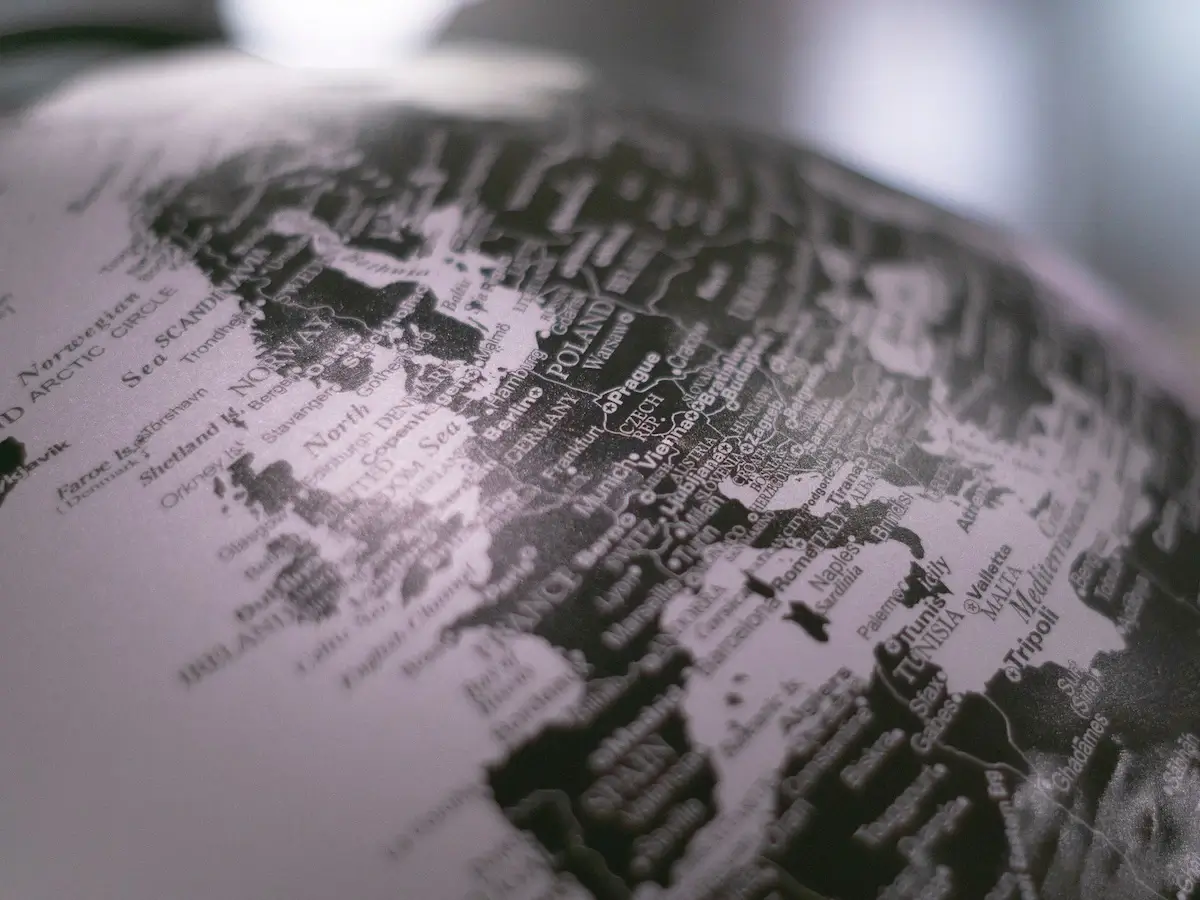
RESIDENCY
LEARN MORELOCATION
Situated along the Douro River, Porto's city centre can be accessed in under 30 minutes from the Francisco Sá Carneiro Airport.
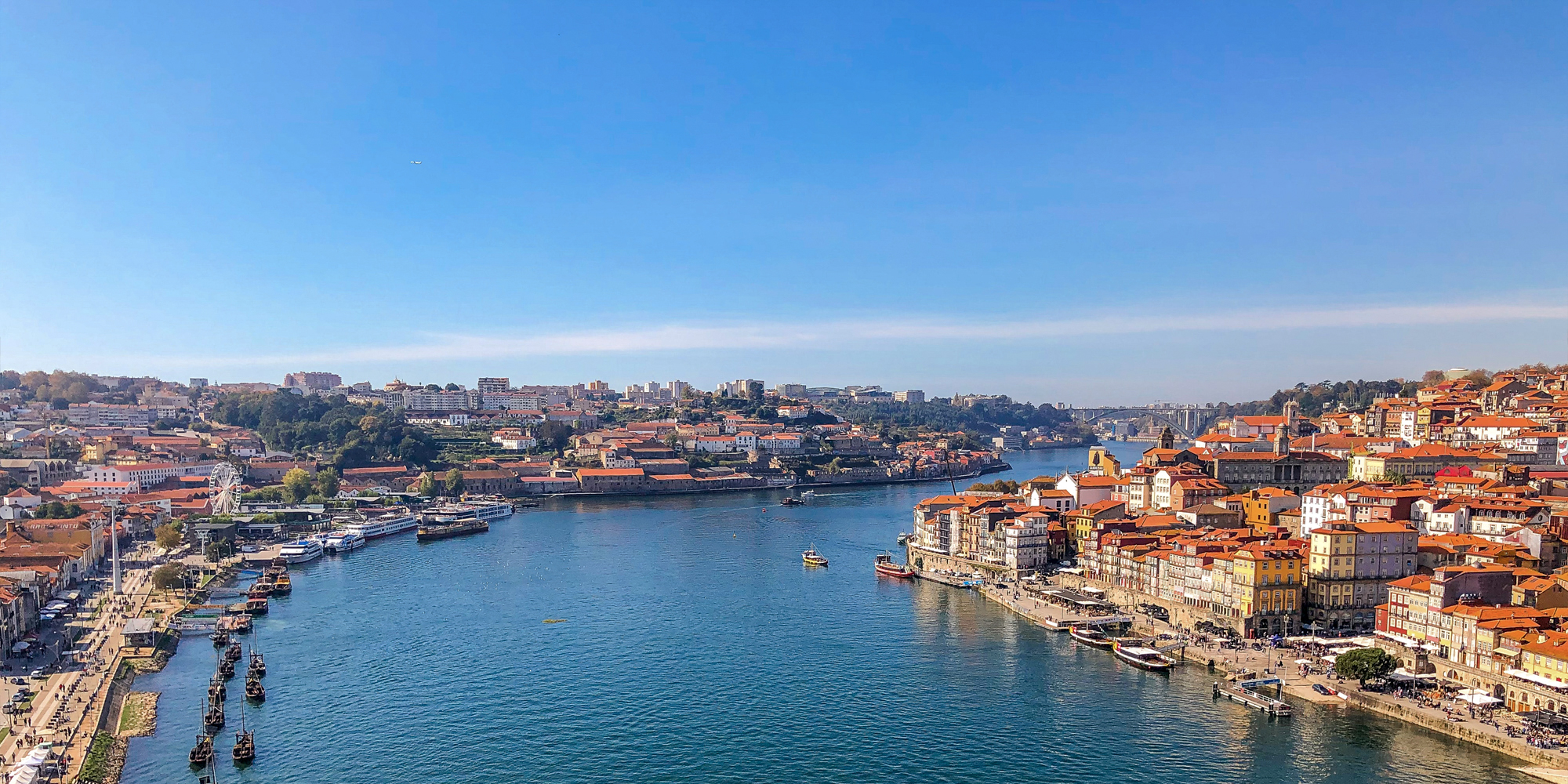
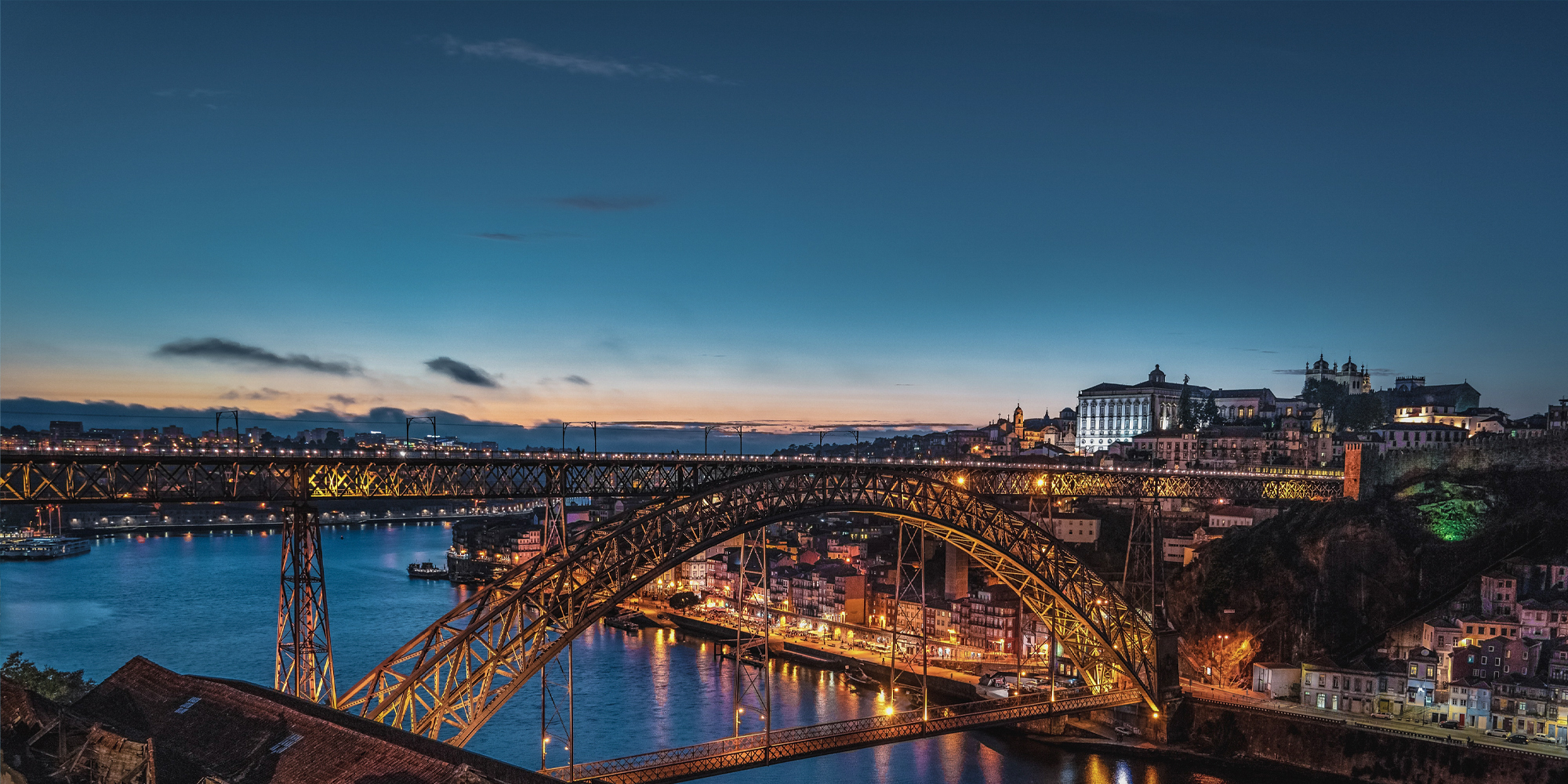
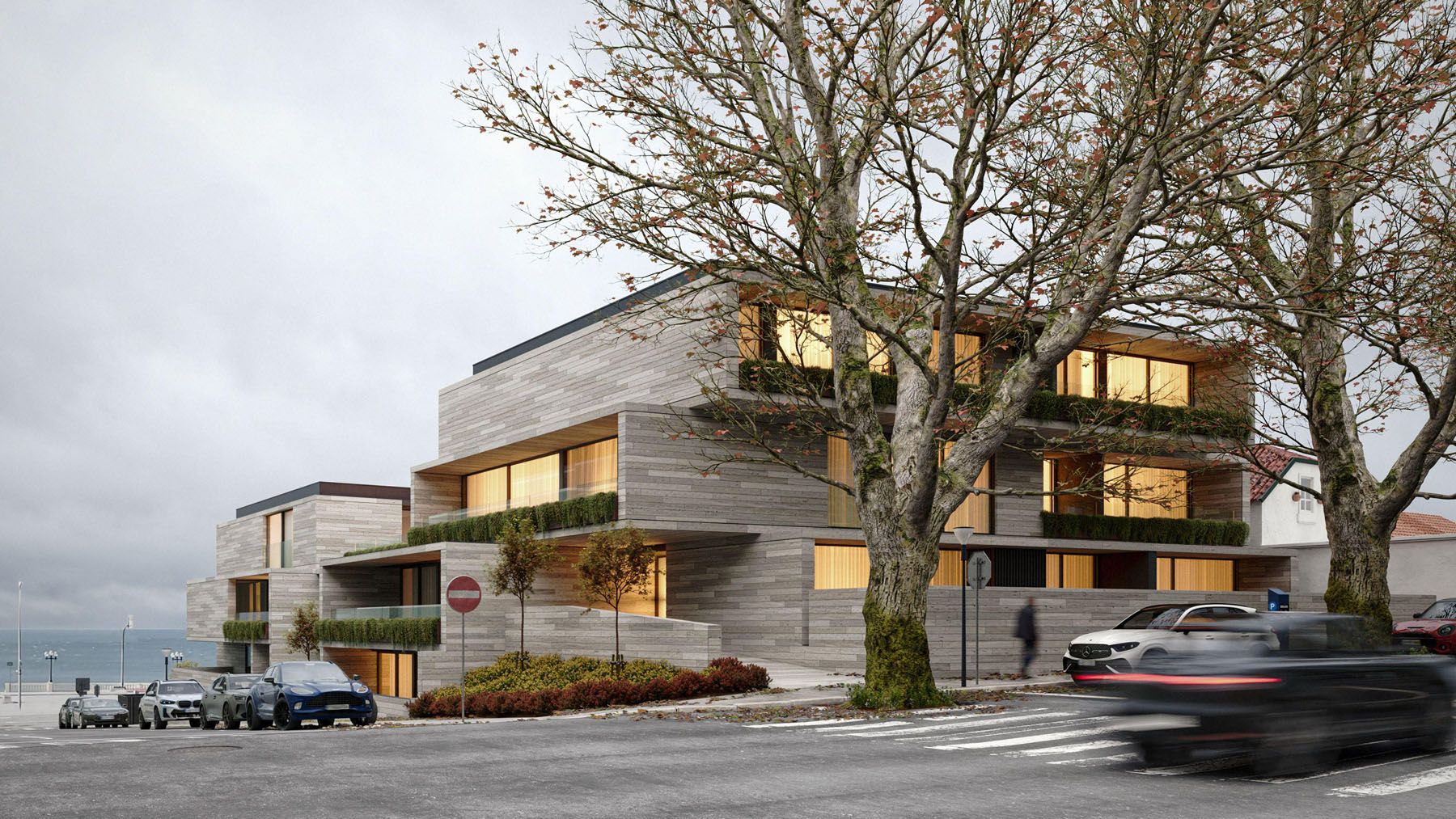
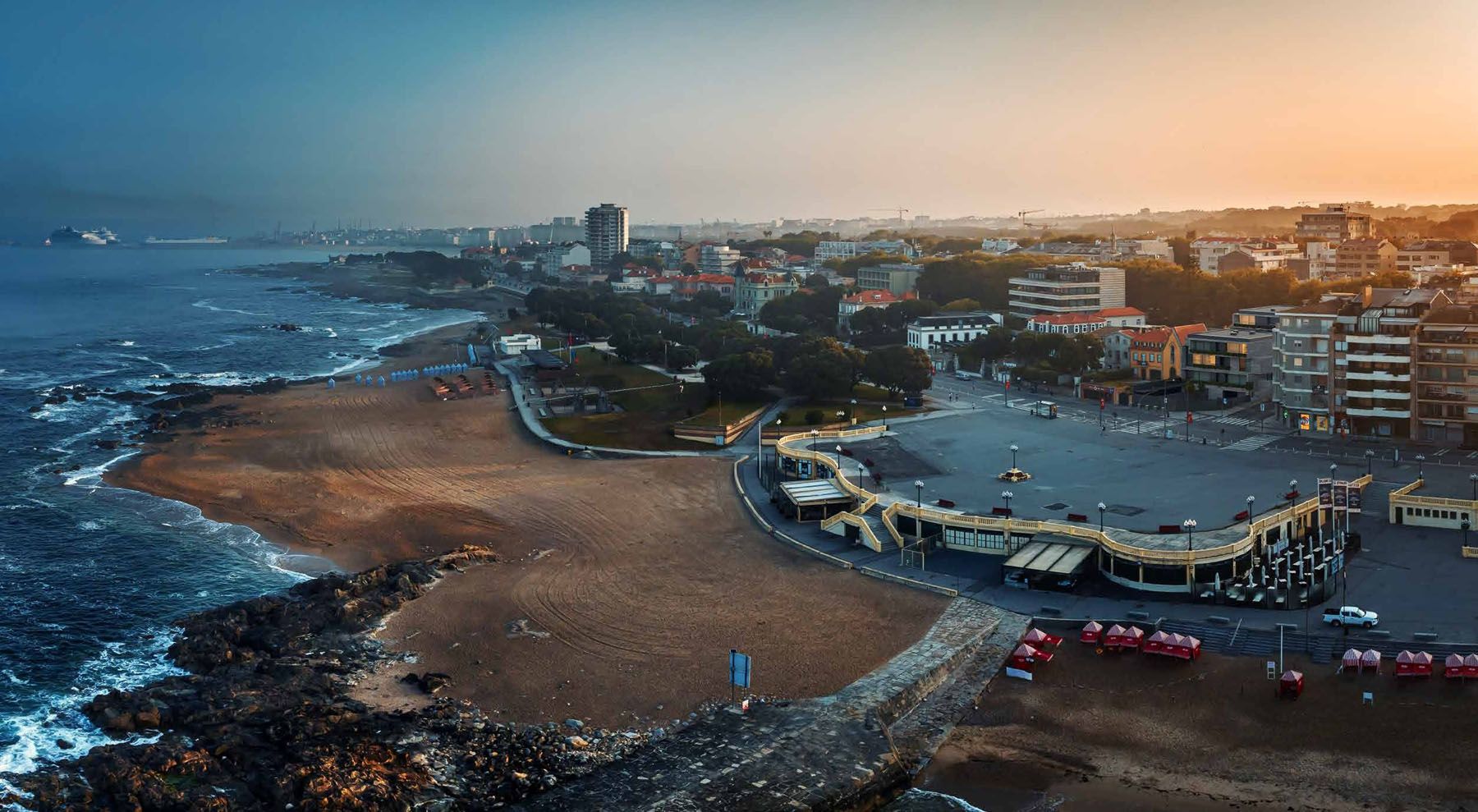

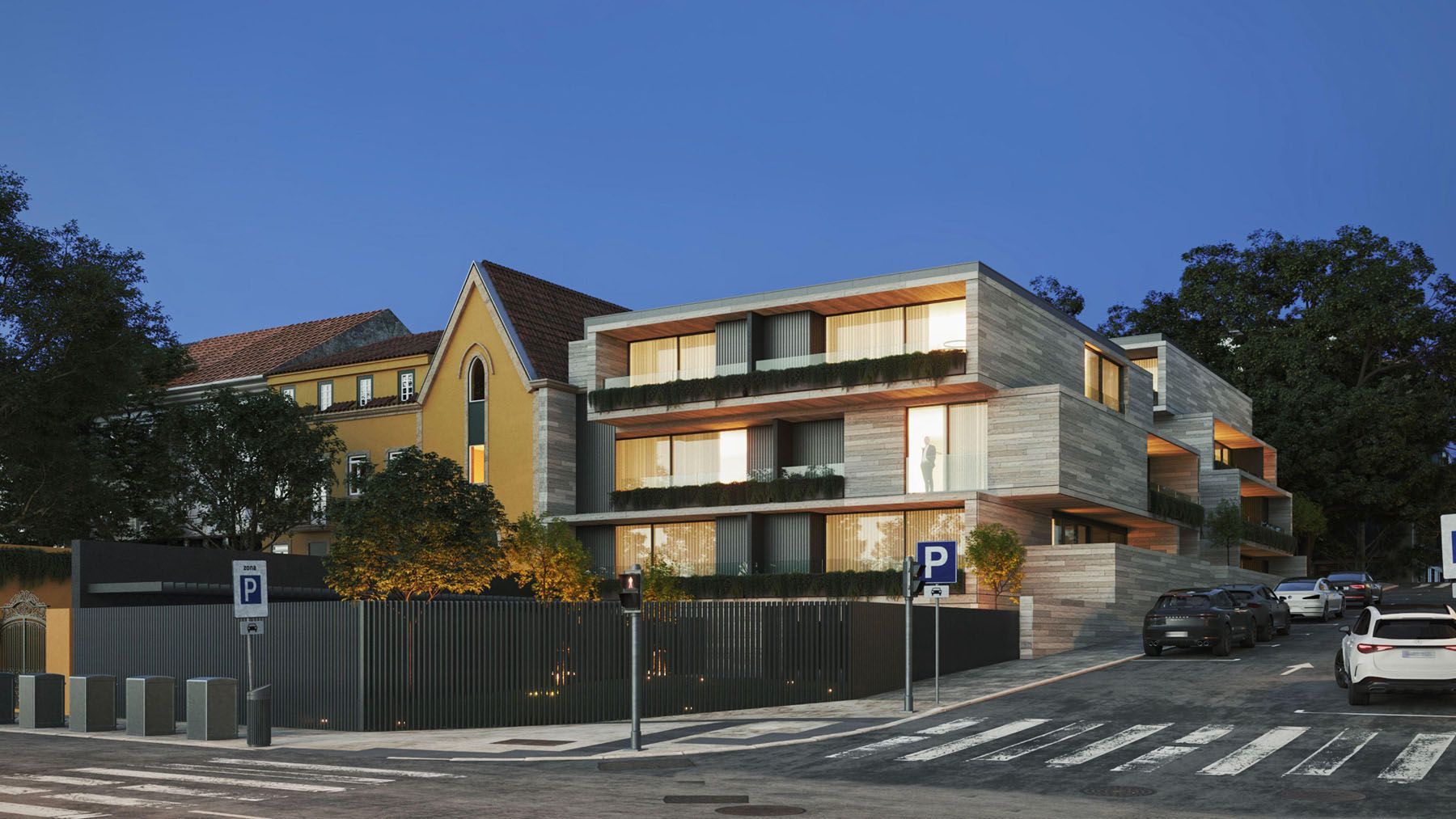
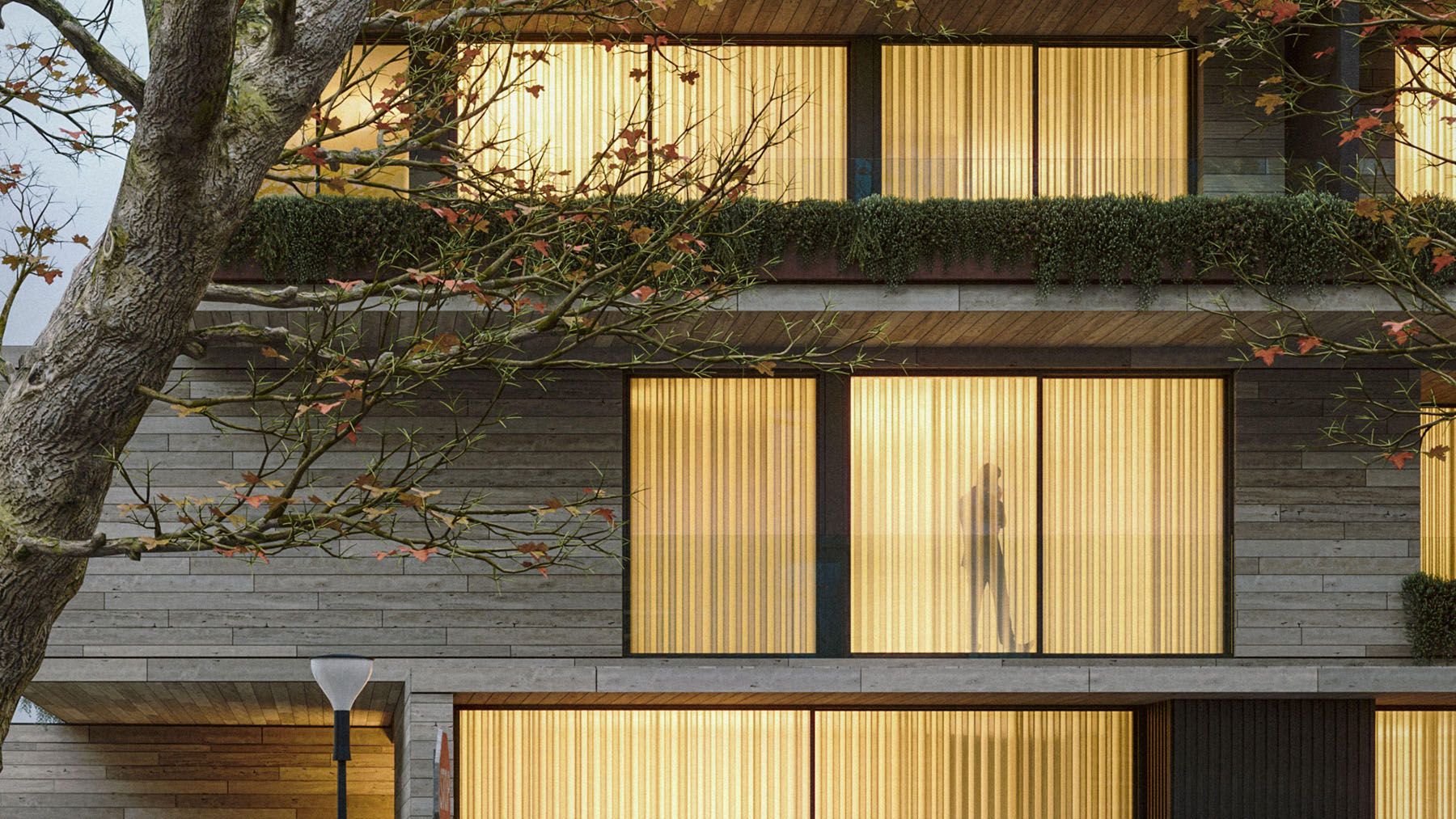
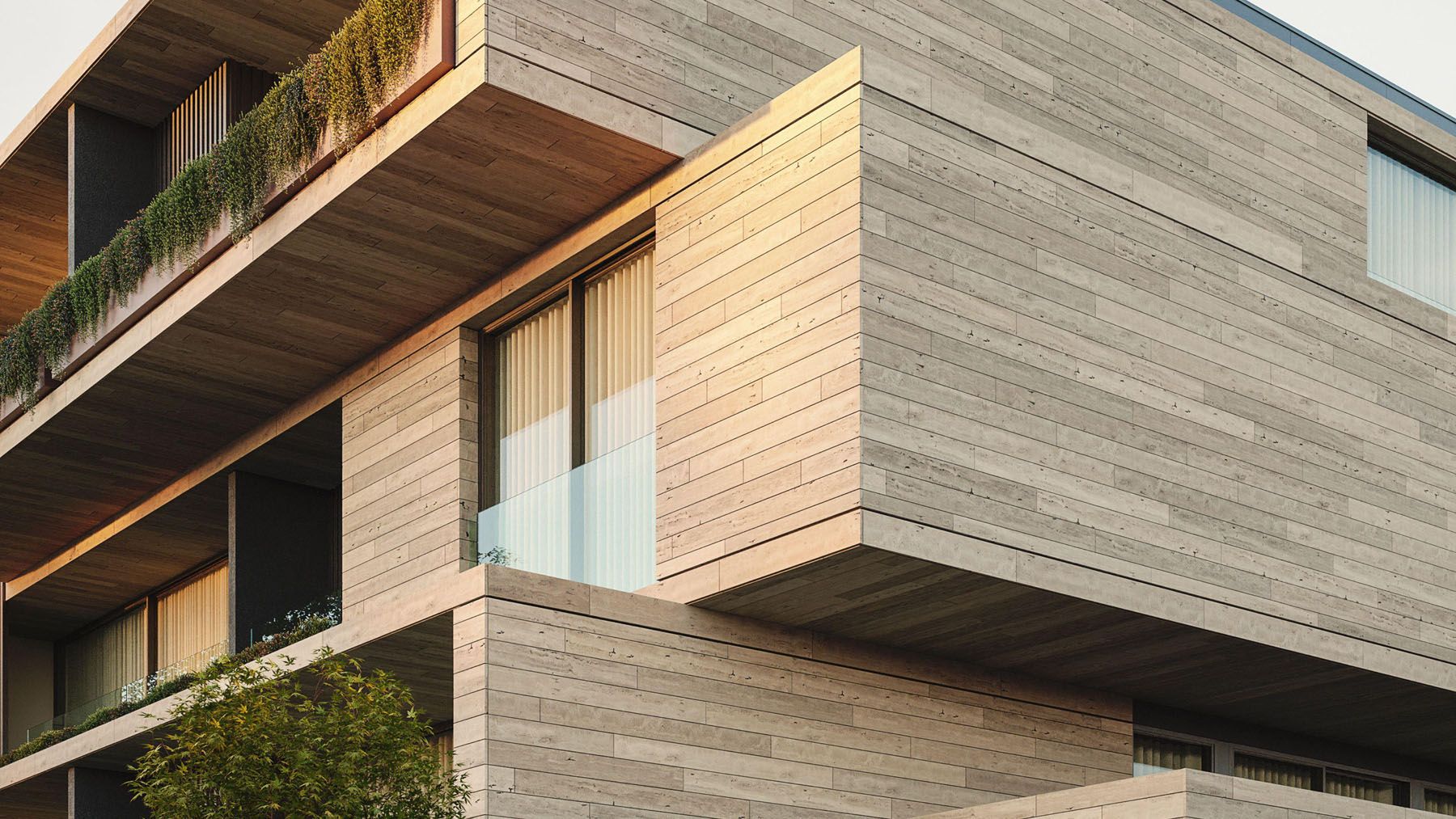

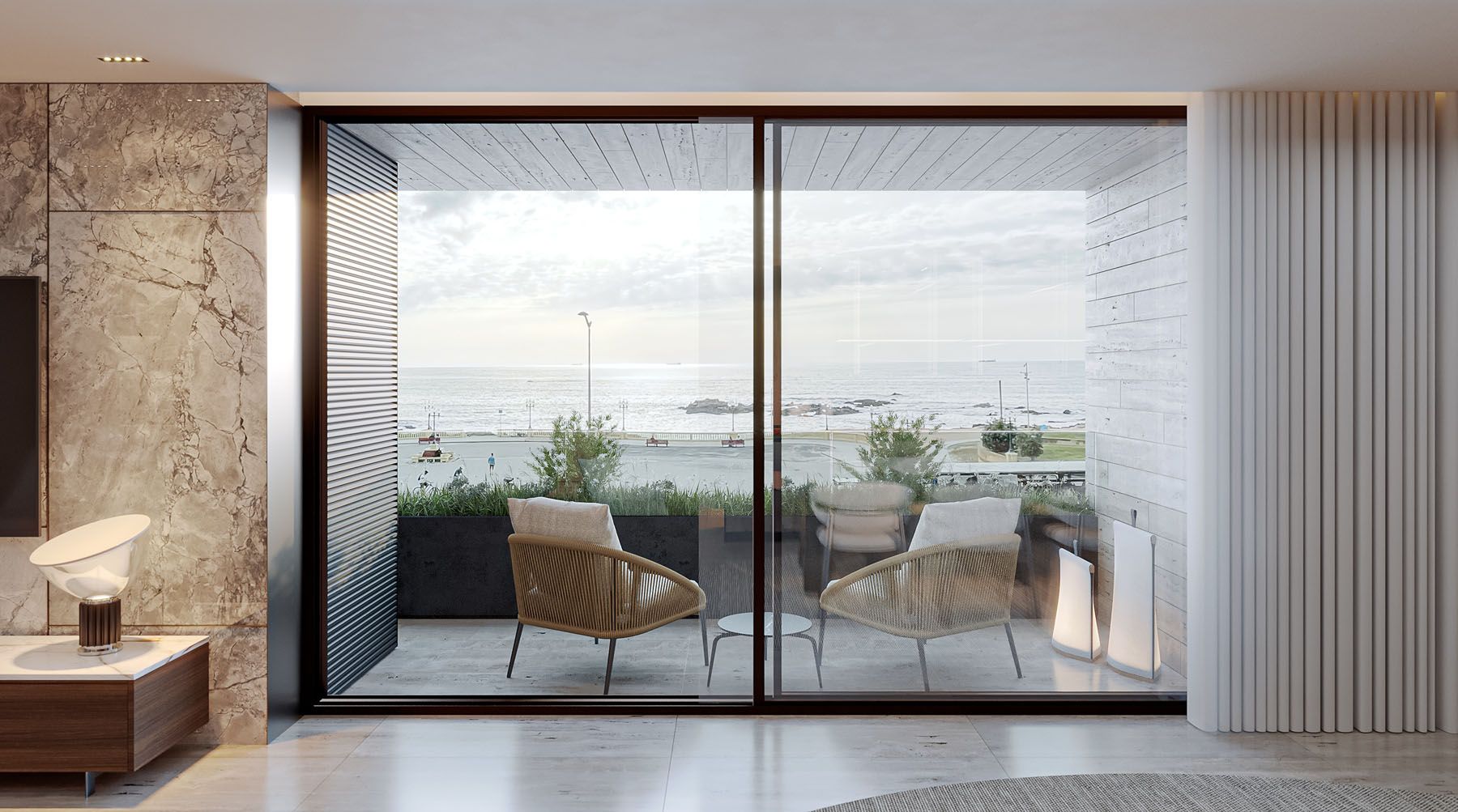
 GET DIRECTIONS
GET DIRECTIONS
